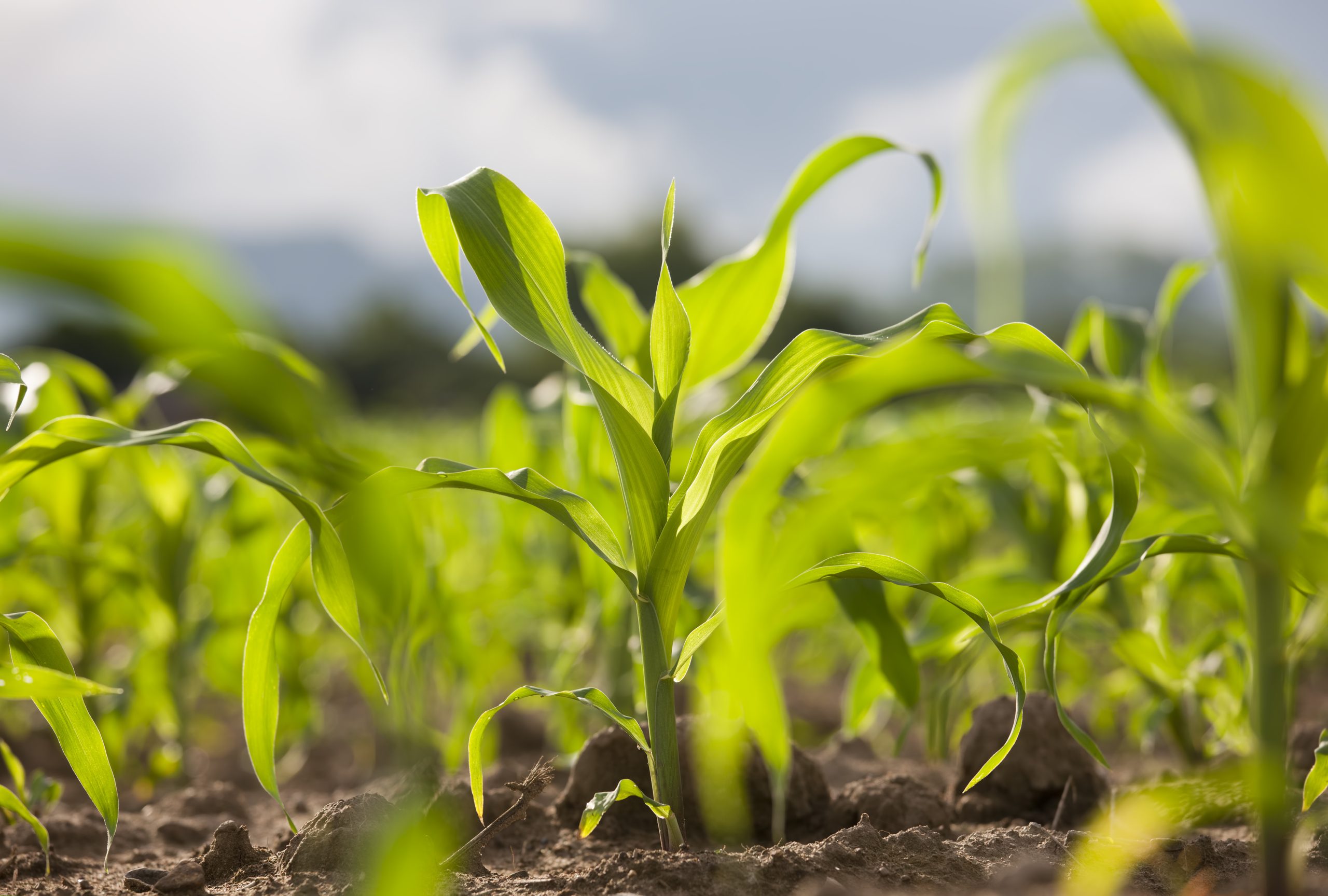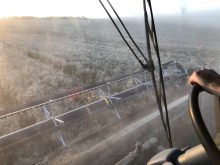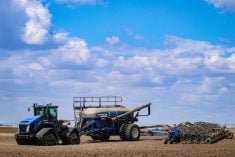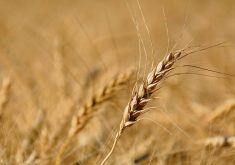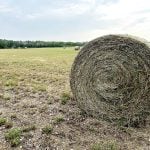Need rain.
Those were the two words that defined the biweekly meeting of certified crop advisors (CCAs) and extension personnel from the Ontario Ministry of Agriculture, Food and Rural Affairs (OMAFRA), held here Tuesday.
Dry weather has been the rule during the past eight weeks, with most of the province receiving 40 to 60 per cent of normal levels of rainfall between April 1 and May 24. The worst-hit region is the area bounded roughly by Goderich to Southampton in the north, down to Nanticoke and over near West Lorne in the south.
Read Also
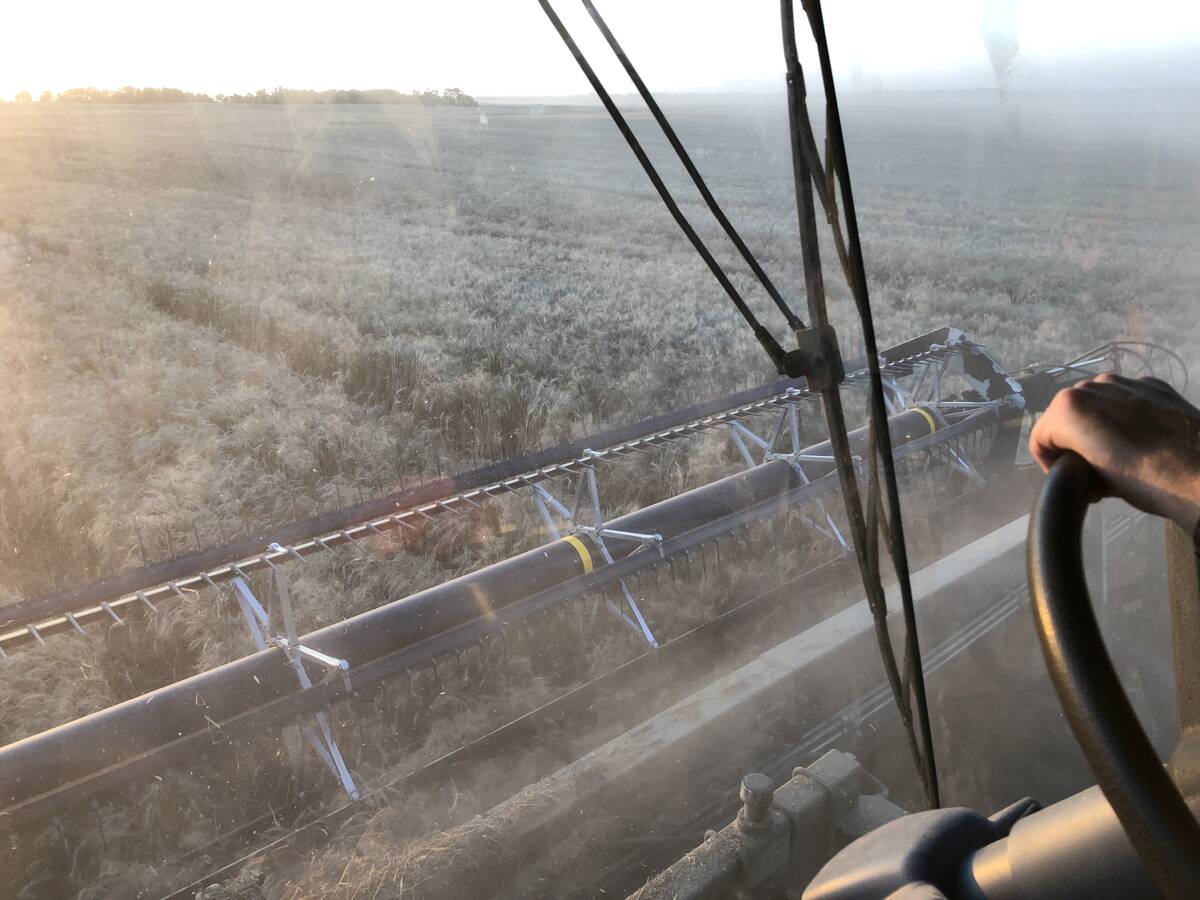
Mail strike disrupts grain sample delivery
The Canadian Grain Commission has asked farmers to consider delivering harvest samples directly to CGC offices, services centres or approved drop offs as Canada Post strike delays mail.
That lack of moisture has stressed the provincial wheat crop, to the extent where many of the fields have headed out, already, pushing them between one and two weeks ahead of normal growth. From a historical perspective, that should mean the crop is six weeks away from harvest. However, the rapid heading could also mean that harvest is only five weeks away. Much will depend on the amount of rainfall across the province within the next week or two.
Although excessive dryness helps to reduce the potential for fusarium head blight, many of the advisers stated that fungicide applications are set to begin in earnest, this week. At the same time, there was concern expressed that the lack of rain may be the reason why some producers have pulled back from their fungicide applications: that such dryness will cause more yield loss due to breakage of wheat stems in fields where tramlines haven’t been established.
The dryness is also putting optimistic thoughts on double-cropping options in doubt. Horst Bohner, provincial soybean specialist with OMAFRA, said he’s been getting calls about double-cropping soybeans after wheat, as he usually does around this time of year.
However, despite the recommendations of planting only Roundup Ready varieties, planting to seven-and-a-half-inch rows, boosting seeding rates by as much as 10 per cent, ensuring that farmers are matching their heat units to the variety (or at least downgrading them by 200 to 300, maximum), the big challenge in any year is the presence of sufficient moisture.
Given the conditions in late May, planting to moisture in early July 2012 is likely to be all the more difficult. And while double-cropped soybeans are not insurable, according to David Connery of Agricorp, a green manure crop of immature soybeans will provide a minimum of 200 pounds of nitrogen per acre on plow-down, with about 50 lbs. available to a corn crop the following spring.
As for cover crops like red clover, again, the shortage of moisture is going to determine the success of achieving good stands.
Crusting
Corn crops are also showing signs of drought stress, particularly on sandy soils and knolls, and there were some sporadic reports of replants, most of which came in the extreme southwest, where spotty downpours caused crusting.
Soybean planting is all but done across most of southern Ontario, and most fields are emerging well, but as with all crops, they could use a decent rain to boost their progress. Bohner noted that he’s had some calls about replanting on some tougher fields, but that his replant threshold is under 100,000 plants. Even at 150,000, soybeans can reach 100 per cent of their yield potential, and that one field near Arthur, north of Guelph, was five weeks between planting into good conditions and emergence, last week.
As for edible beans, two or three advisors mentioned that planting has begun, with reports of up to half of the crop planted. Many growers are also waiting for suitable moisture levels, and by most accounts, time is not as critical for edible beans.
And finally, there were reports of the forage crop being particularly hard hit by frost, and now suffering in the dry conditions. The recommendation came for growers to take the first cut — as many are now — before plowing it down and planting either a silage hybrid or a mix of oats and peas.
One of the advisers mentioned he’s seen very little silage in his region, most of which has been planted by smaller farmers. The larger operations, he suggested, are more likely to opt for an early cut on their grain corn instead.
— Ralph Pearce is a field editor for Country Guide at St. Marys, Ont.

